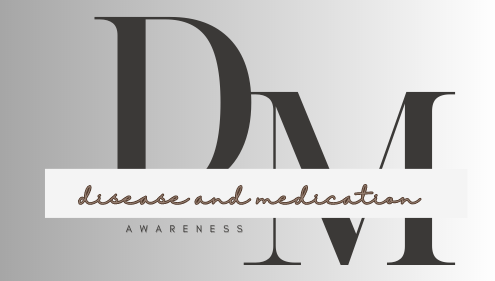Introduction:
In today’s world, our health is intricately linked to the environment we inhabit. Environmental disease are a growing concern, affecting millions globally. These illnesses arise from exposure to harmful elements in our surroundings, including air, water, soil, and even built environments.
What is Environmental Disease?
Environmental disease encompass a broad spectrum of illnesses directly caused by environmental factors. Unlike genetic diseases or infections disease, these conditions are not primarily caused by genetic predisposition or contagious pathogens.
Common Environmental Disease:
Environmental disease are a growing concern, affecting millions globally. These illnesses arise from exposure to harmful elements in our surroundings, including air, water, soil, and even built environments.
Here’s a closer look at some of the major categories of environmental disease:
1. Air Pollution-Related Diseases:
- Asthma: A chronic inflammatory condition of the airways characterized by wheezing, shortness of breath, chest tightness, and coughing. Air pollution, particularly fine particulate matter and ozone, can trigger asthma attacks.

- Chronic obstructive pulmonary disease (COPD): A progressive lung disease that makes it difficult to breathe. Air pollution is a major risk factor for COPD, along with smoking.
- Lung cancer: The leading cause of cancer death worldwide. Exposure to air pollution, including cigarette smoke and certain industrial emissions, is a significant risk factor.
2. Waterborne Diseases:
- Cholera: An acute diarrheal disease caused by a bacterial infection. Contaminated water sources are the primary mode of transmission.
- Typhoid fever: A bacterial infection that causes high fever, weakness, headache, and intestinal problems. Contaminated water and food are the main sources of infection
- Diarrhea: A common symptom of various infections and illnesses, including those caused by contaminated water.
3. Soilborne Diseases:
- Hookworm infection: A parasitic disease caused by hookworms that enter the body through the skin, often when walking barefoot on contaminated soil
- Lead poisoning: A preventable condition caused by exposure to lead, a toxic metal often found in soil and dust. Particularly harmful to children, it can cause developmental delays, learning difficulties, and behavioral problems.
4. Chemical Exposure-Related Diseases:
- Cancer: Various types of cancer have been linked to environmental exposure to chemicals, including carcinogens found in air, water, soil, and certain products.
- Neurological disorders: Exposure to certain chemicals, such as heavy metals and pesticides, has been associated with an increased risk of developing neurological disorders like Parkinson’s disease and Alzheimer’s disease.
- Reproductive problems: Some chemicals can disrupt the hormonal system, potentially leading to reproductive problems in people of all genders.
It’s important to note that the link between environmental factors and specific diseases is often complex and can be influenced by various individual and genetic factors.
Diagnosis of Environmental Disease:
Diagnosing environmental disease can be complex due to the varied nature of symptoms and potential contributing factors. Often, a combination of approaches is used:
- Detailed medical history: Assessing individual exposure to suspected environmental hazards.
- Physical examination: Looking for signs and symptoms suggestive of specific environmental diseases.
- Laboratory tests: Analyzing blood, urine, or tissue samples for evidence of exposure or disease markers.
- Environmental testing: Evaluating the individual’s surroundings for potential contaminants.
Preventing from Environmental Disease:
The good news is that many environmental diseases are preventable. Here are some key strategies:
- Reducing exposure: Implementing measures to minimize contact with known environmental hazards.
- Promoting clean air and water: Supporting policies and practices that ensure clean air and water quality.
- Investing in sustainable practices: Encouraging sustainable development and responsible waste management.
- Promoting individual awareness: Educating individuals about environmental risks and self-protective measures.
Conclusion:
Environmental diseases pose a significant public health challenge. By understanding the causes, diagnosis, and prevention strategies, we can work towards a healthier planet and safeguard ourselves from these preventable illnesses.
